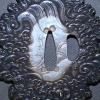Leaderboard
Popular Content
Showing content with the highest reputation on 03/22/2024 in all areas
-
Here is an early one I think, I have submitted for NBTHK shinsa this year. The surface has a nice layer of black lacquer applied to it. The design is a plain textured surface with copper and lead inlays. The plate construction is made up of three layers with rim clover holding everything together very tightly.6 points
-
Hi This Tsuban comes from Aoi Art I Japan and is attributed to Kyo-Sukashi. It has a Hozon paper. The reason I ask about its origin is because I have seen several similar Tsuba from collectors, auction houses and others where they refer from different schools. I can see that they are similar to the Tsuba I have but it is different if you look at Kozuka hitsuana and one has papers from NBTHK Shoami, mine has NBTHK Kyoto. I also found a similar one that has been sold at Christie's auction house with description CHRISTIES AUCTIONS 2007, A Higo Tsuba, Edo period (18th century), inscribed Shigemitsu Circular iron sukashi tsuba carved as a six-lobed flower blossom, the interior with stylized bracken ferns. https://www.christie...m=salessummary&lid=1 So my final comment is who to believe, and how to know provenance/school with so many opinions, the most wonder is about NBTHK different descriptions. What do you think? Thanks for all the help and interest in this tsuba. //Robert3 points
-
3 points
-
Token (Eastern Construction 東建コーポレーション Corporation)in Nagoya have created a museum using world-play on To-ken, for blades = 刀剣, called Touken World. 刀剣・日本刀の専門サイト「刀剣ワールド」 (touken-world.jp) This website seems to have been designed to come up with searches from almost any angle. Originally they bought up Nihonto blades from everywhere, and then suits of armo(u)r, with seemingly very deep pockets, for a pretty comprehensive collection, but after some time they decided to devote an extra floor to the history of Japanese guns. A little birdie whispers that it will be the largest number on display in Japan, featuring around 350 old Japanese guns of all types. After several postponements, the museum is now supposed to open officially on 1st May 2024. Anyway, just a heads-up. PS I suspect, but have no proof yet, that a couple of my own guns may have eventually ended up there... something to look out for!2 points
-
2 points
-
No, I don't think so. Probably the finger stains have been polished away in the meantime. But more likely that people in the past knew that touching a blade is not only bad for the steel but also an insult against its owner. There was more knowledge about handling blades correctly, and there was more respect, I believe.2 points
-
2 points
-
2 points
-
Making a proper Saya is difficult process. John Terado or Brian Tschernaga both in the USA di e excellent work.2 points
-
2 points
-
1 point
-
Trip down memory lane ……this tiny little book was the first book that I managed to discover way back in the dark ages. A local book dealer tracked it down for me. There was no internet back then (1978) and I can still remember feeling that I had discovered the answer to all my prayers. Knowledge from Japan! A couple of years later I found Robinson. The excitement was immense🙂 (I was living in the middle of nowhere back then as well) Compare that to what we have at our fingertips today Anyone else got this one in their library? Or interesting recollections of early enlightenment?1 point
-
Check out the tsuba and Tanto prices! https://www.bonhams....-art-part-ii/?page=61 point
-
Yup. A wonderful little book packed with information/photos. An early gift from a fellow study group member, one of the nicest people I have ever met, that has now passed away and who is sorely missed. The Japanese Sword by Sato, Kanzan was the first book that began this journey. Another study group member, thankfully, dragged me over to a nearby gun show book table and insisted that I buy this book. This book made clear the importance of learning and understanding a new vocabulary. Regards,1 point
-
In line with what Jean was saying, the way a blade was maintained would probably remove prints - i'm thinking specifically of wiping the blade down with uchiko powder. John C.1 point
-
A seal, Bruce. You can find it on several works of Noriyuki. Guess it bears his name in seal script….1 point
-
Ciao Matteo, based on the sugata and the conditions of the nakago I would quote Kirill regarding the fact that late Muromachi have to be taken into consideration but beyond the issue of falsifications where you can already find many treads on the forum I would like to express a personal reflection: Shinshinto, mumei, suriage, unpapered put these elements together in the same description and you will not have a desirable object at least on paper (This is absolutely not a judgment on the blade itself Matteo) if the seller specializes in nihonto, and has had the opportunity to studying the blade thoroughly and reselling it declaring the above-mentioned characteristics for me is already in itself a good sign of honesty, if he had had doubts or wrong intentions he could have sold it as late Muromachi and the blade would have had a greater appeal (at least on paper) to be sold more quickly. Giordy1 point
-
Thanks Piers. I will not hold too much hope regarding the timeline. They promised an opening last autumn. After 2-3 delays. Informally, they have been showing people around the museum and holding private viewings. Do you know what is delaying the public opening - is it some health & safety or some other regulations in relation to the exhibits (eg how Kokuho / JuBun etc are shown)1 point
-
Brilliant thank you so much for your help Piers, Have a good weekend. Best Jon1 point
-
I don't see a problem with the different attributions. Especially in the late Muromachi, Momoyama and early Edo periods, the different workshops in Kyoto will have influenced each other strongly anyway. The tsuba combines characteristics that speak for (Ko) Shoami as well as for the Kyo-Sukashi type. The hitsu ana, which are formed from extremely slender-looking myoga, are typically very wide for shoami. However, the elongated and slender seppadai and the symmetrical basic concept of the design make the pendulum swing more towards the kyo sukashi type.1 point
-
I put in ten tsuba for auction and sold two for £220 After fees I received £91 for the two tsuba! Then for the buyer there was their commission to pay A guess is 1/3 to me and 2/3 to the auction house and VAT I guess I'd better find another way of selling1 point
-
Hello all, I'm brand new to the world of Nihonto and this forum and I look forward to learning from your experiences and asking questions; (that's how we learn new things).1 point
-
Hi Colin, I think that the older Hartman collection was by Roland Hartman ( d. 2010 ) brother of Alan, ( d. 2023 ). Both brothers were art dealers who had collaborated in their early years before going their separate ways. That auction was from 1976 which seems to indicate that he had a change of direction in his collecting. I agree with you about the lotting, but when Bonhams get these sort of results....1 point
-
Thank you Peter! You were fast ! Here it is , I can recognize the kanji as 浜野 矩随1 point
-
1 point
-
Good / top quality always sells well especially if it has a good provenance. The estimates were ' come get me ' , but the fact that every lot in the fittings section sold is encouraging in itself. We will never know, but it would be interesting to see if any of these items were headed back to Japan. More probably purchased by Western millionaire collectors.1 point
-
On the note of fingerprints etching stains into the steel. I suppose it would be hard to know, but has anyone ever found a nihonto with an ancient person's fingerprints on the blade?1 point
-
Masatsugu has now been sold, thank you.1 point
-
Artur Oskroba has stopped making TSUKA MAKI because of health problems with his hands. He recommended Sergio Martins to me: Sergio da Silva Correia Martins Den Haag 00351 919 438 42 sercabel@hotmail.com They have the same Japanese teacher.1 point
-
I gave his wife a bar of traditional translucent Pears soap. It was good to see his brushes and tool kit. I kept asking him where he buys the suki urushi but he said it was special order. Plays his cards close to his chest, this guy. Eventually he gave me various bits, and an amount of suki urushi to take home. Worth making the trip just to watch each brush stroke. The other day I found a box of lacquer worker's spatulas (spatulae) at an antiques fair. I think I'll give them to him next time around.1 point
-
February 10th is the start of the Chinese Year of the Dragon. I’m sure many of you have fittings with dragons, so let me get the ball rolling with start with two tsuba of mine. Perhaps, as it is the Chinese New Year, I should post some Nanban Chinese dragons, but I thought I would post these two as they seem to have nice smiley faces and do not look particularly fearsome; a good New Year omen. I have attributed both of these tsuba to the 19thC Mito School based upon the observations that the artists tended to make large iron plate tsuba with a hammered surface and raised areas of iron which they carved in detail and left their work unsigned. The surface of both tsuba is a glassy chocolate brown, which why I think they are 19thC rather than earlier. Other schools which I think could be candidates for the makers are the Myochin and the Natsuo workshops. The first tsuba is a large (9.6 x 8.7 cm) rectangular plate tsuba showing a dragon among clouds and wrapped around a diamond shape (clan mon?) in the centre. Most of the design is formed by hammering the iron around the proposed design element to form an indentation and then carving the centre. However, the iron forming the dragons head has been raised above the plate before carving. The tsuba is highlighted in parts by a light application of gold, called kakihage (shadow), giving a more subtle effect than nunome inlay. The second dragon tsuba is also a large (8.4 x 7.8 cm) iron plate, which has been roughly hammered into shape and shows many lumps and bumps, which I hope that I am correctly identifying as tekkotsu, rather than being fooled by irregularities made to look like tekkotsu (clever these artisans!). The areas containing the clouds and dragon look like they have been indented into the plate using a pre-shaped stamp, but I think that it is actually skilful forging. The dragon has a welcoming, rather than fearsome, look and the eyes are gilt to impart some life into the critter. Although the dragon is a typical three clawed Japanese variety it also has three tails, namely a long curly one, another about half the length ending with what looks like a brush used for calligraphy and a short tail, again looking like a calligraphy brush. No idea why. Comments and further information welcome Best regards for the (Chinese) New Year, Regards, John (just a guy making observations, asking questions, trying to learn)1 point
-
1 point
-
1 point
-
1 point
-
1 point
-
1 point
-
1 point
-
Price Cut to $375 -Akasaka or Owari tsuba $425 + shipping- I've been busy at the Aquarium and not had time to time to list on the various Facebook venues. I figured I would give NMB one last chance before off to the "hordes". Given the multiple meanings behind the design, I felt this one was a bit more special for an martial artist here that might grok them.1 point
-
1 point
-
As the holes were filled and unusable, it was probably fitted with fulled rounded/oval seppa. Rubbing possibly by the seppa that didn’t have the crescent cut out?1 point
-
This was just posted by Andrew Ickeringill ( @Andrew Ickeringill ) on Facebook, and I thought it was worth posting here, and pinning for the future. Andrew is a FULLY trained traditional polisher and one of the most qualified to make these statements. Before bringing up the subject on this forum, and risking a storm of fire, please read this and take it to heart. Amateur sword polishers… I know you probably won’t listen, but I’ll try anyway. Recently, I’ve been seeing more and more rubbish from amateur polishers on the internet, it’s not a new problem, but with social media being what it is, amateurs have been given a platform where they can prosper. It’s beyond frustrating, it’s infuriating, and it's working directly against what I'm striving for, the preservation of Nihonto. I’ve had to correct the damage caused by amateur polishers many times, and the damage is always severe. Correcting these hack-jobs takes a lot of work, and it means removing more steel than would’ve otherwise been necessary if the blade had previously gone to a traditionally-trained togishi. A traditional apprenticeship in togi takes years to complete for a reason, THERE’S A LOT TO LEARN! It means giving up everything else to spend your time in servitude to Nihonto. My apprenticeship was 12 hours a day / 7 days a week / for over 6 years, and even my spare time (what little I had) was usually spent studying nihonto. But if you want to be a togishi, this is the way it must be, you have to go all in. Through arrogance or ignorance or both, amateur polishers have completely forgone this necessary training. Some of them may have attended seminars in Japan, or visited a togishi for a few days… but this obviously doesn’t equate to traditional training. And for many amateurs, the bulk of their training consists of reading books and watching youtube videos of swords being ruined without a clue. Unfortunately, these videos receive plenty of misguided encouragement from those who don’t know any better… “wow, so shiny!”. Amateurs will often argue… “this sword isn’t worth sending to a pro, should we just leave it to rust?”… but how would THEY know? They haven’t been trained in kantei, they have no idea if a sword is worth a professional restoration or not. A cold chill passes up my spine every time I think about this, how many great swords have been ruined by amateurs? I know I’ve already seen a few in my time. If you’re an amateur polisher reading this, let me give you a tip… this job is not for you. This isn’t something that should be attempted by anyone but a traditionally trained togishi, and if you haven’t realised this fact by now, then you need to develop more respect for Nihonto and the craftsmen who have worked their butts off to complete the proper training. Please stop scraping the life away from these works of art, you’re doing far more damage than repair… this job is not for you!1 point
-
1 point
-
Hello, I recently acquired this katana from a dealer in Japan. I would like to know your opinions on the blade and its history. The blade has some obvious foraging imperfections, and small spots of rust, some black rust and some red/brown rust. I have oiled the blade appropriately to conserve it with choji oil. The fittings are all serial numbered with the serial number 083. I would like to know if this is indeed a Koto period blade and if anyone has any information about the signature. As I have not found a similar mei anywhere. Information from the seller: Mei: 武蔵住守宗 (Musashi ju MORIMUNE) Date: Koto period Nagasa: 70,9 CM unusually long for a Katana, (closer to a Tachi?) Nakago: 22,5 CM seems to be cut off maybe shortened? Moto-haba: 31 mm Saki-haba: 22 mm Moto-gasane: 7 mm Saki-gasane: 5 mm Sori curve: 8 mm Full blade length with koshirae: 105,4 CM. Any information about this sword is much appreciated. I am still beginning my collection, so any basic advice would be more than welcomed as well. If any additional pictures are needed please feel free to message me.1 point
-
Greetings sword mavens, I just got back one my client's custom koshirae and thought I would share it with you. The client provided all the fittings and the koshirae was then created from scratch... The lacquer style for the saya is called fuemaki and consists of black rings. It is a nice visual alternative to the standard and conventional black gloss finish commonly seen. I have photographs of over thirty custom koshirae that I have coordinated for a variety of clients. I am putting together a catalog to entice interest. If you would like to see more....let me know! 1) wood foundation/tsuka and saya 2) antiqued ray skin 3) standard silk wrap 4) saya fuemaki lacquer work 5) tsunagi wooden dummy blade The price for this particular koshirae came to yen 222,000.... Best, Robert Hughes1 point
-
1 point
-
I saw all of these lots in person, and I would not describe any of the tsuba or koshirae lots as “top quality.” All of the koshirae had issues. I don’t know who was buying them or why, but I don’t understand the prices they were willing to spend. That said, auctions are a good route to go if you’re short on time or knowledge, but have plenty of money. I don’t think any of these lots were so unique that you couldn’t track down comparable or better pieces with a dealer and/or in Japan for the same amount of money or less. I suspect we are seeing some foreign money at work here, and I say that without a value judgment implied.0 points





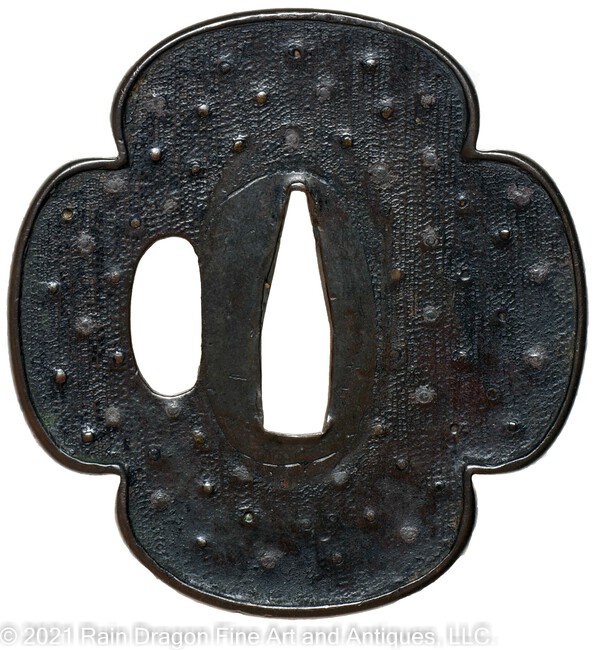
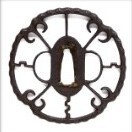
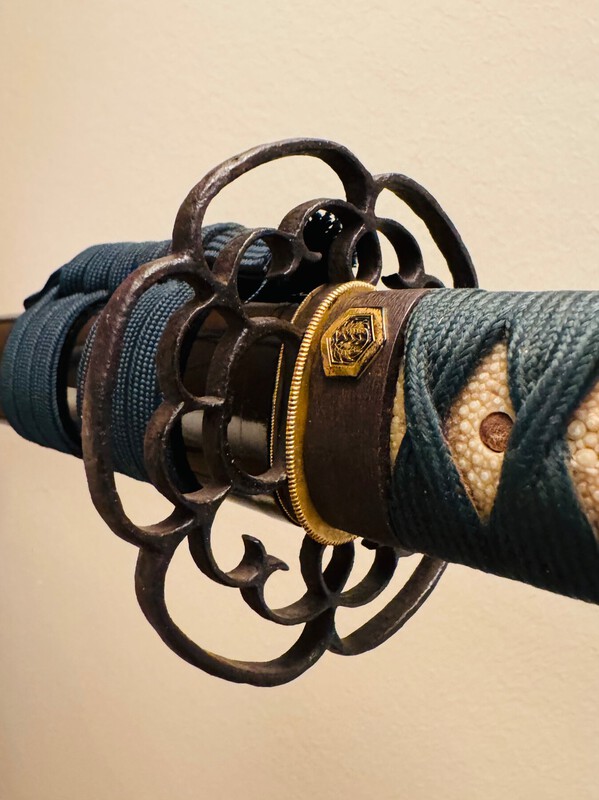

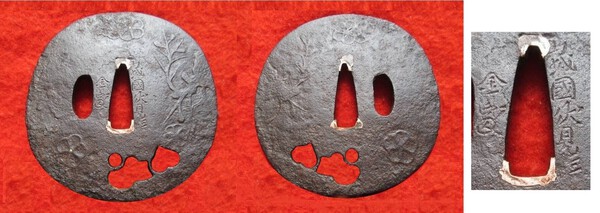


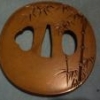

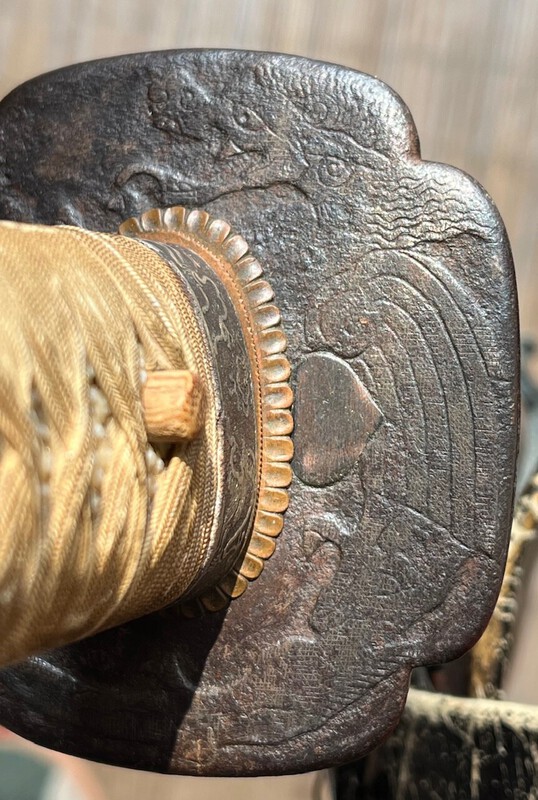
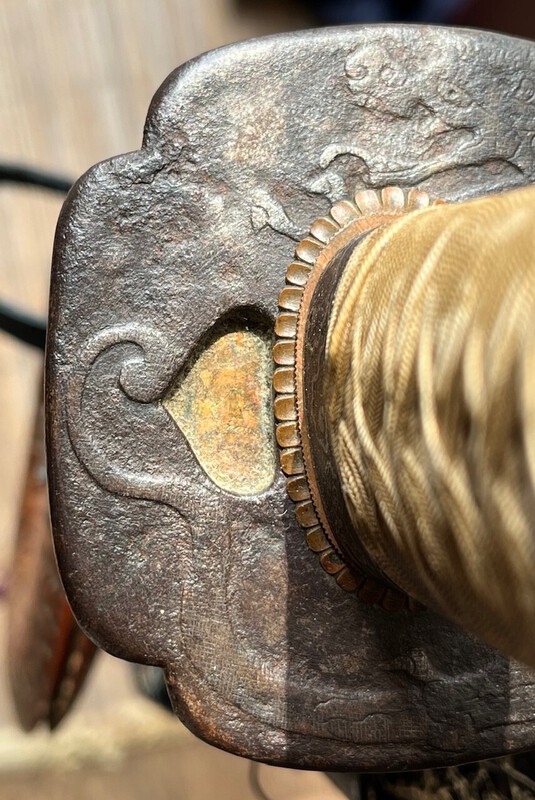
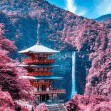
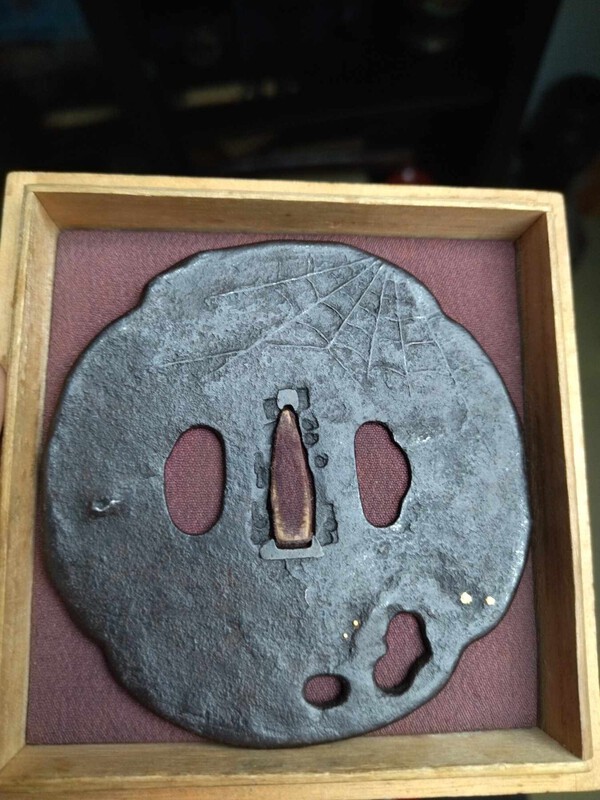
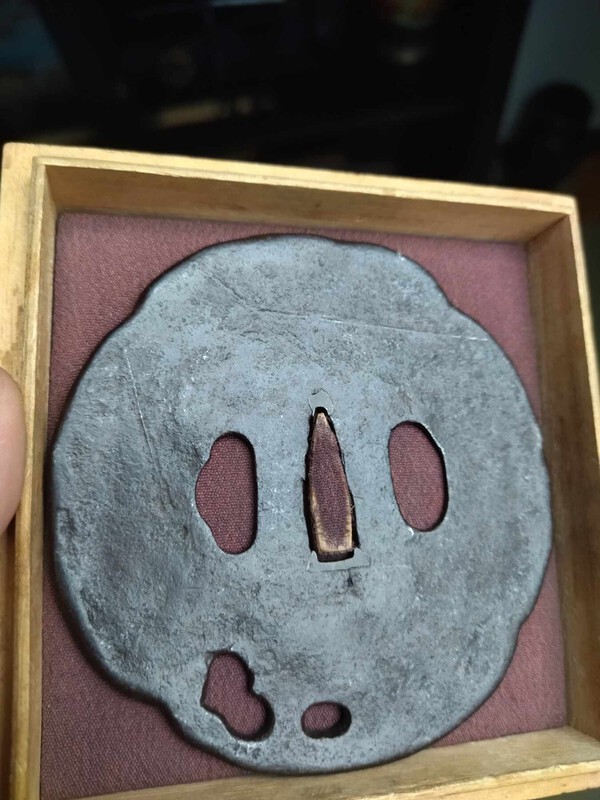
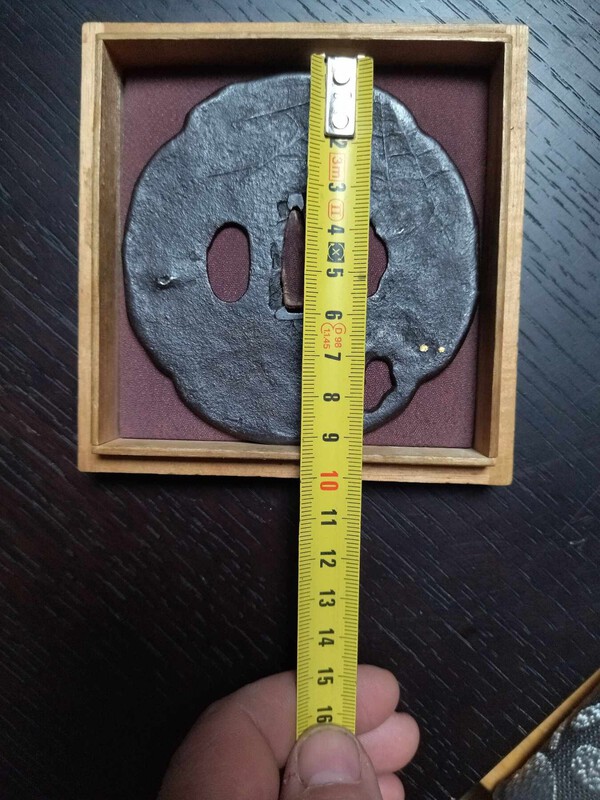

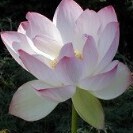




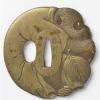
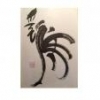


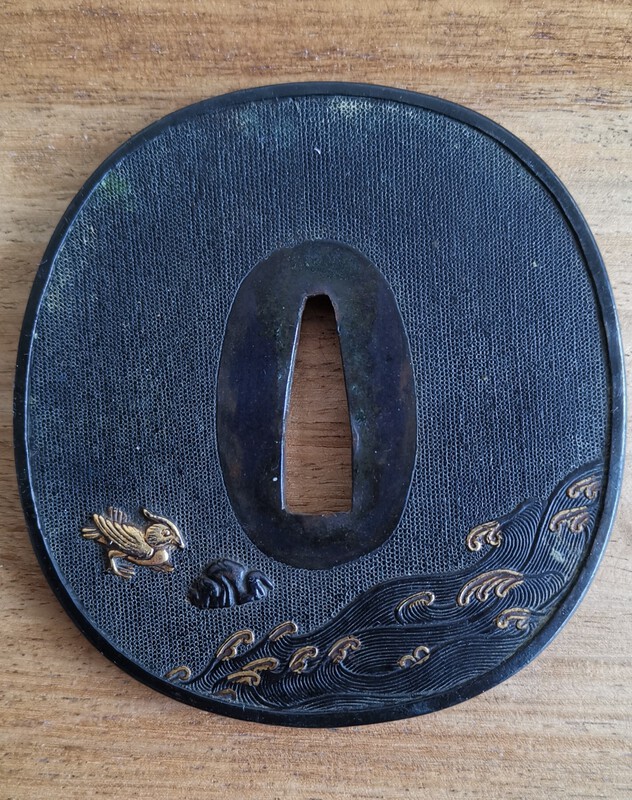
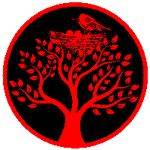
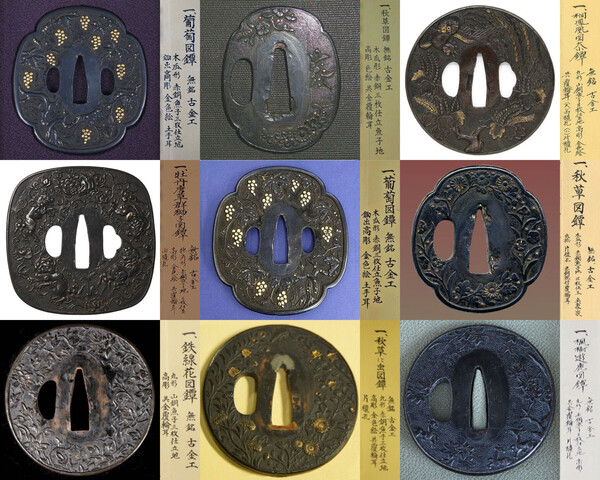
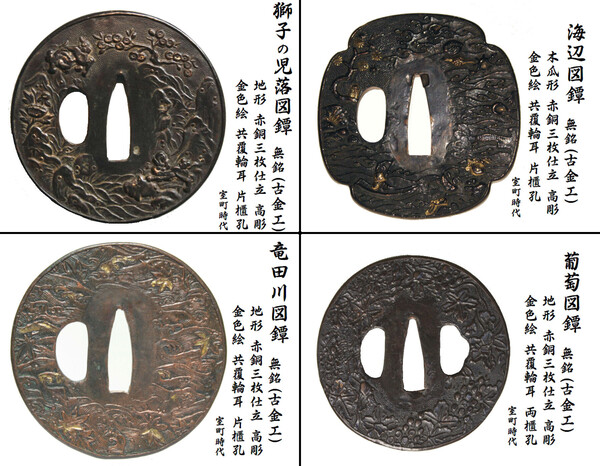
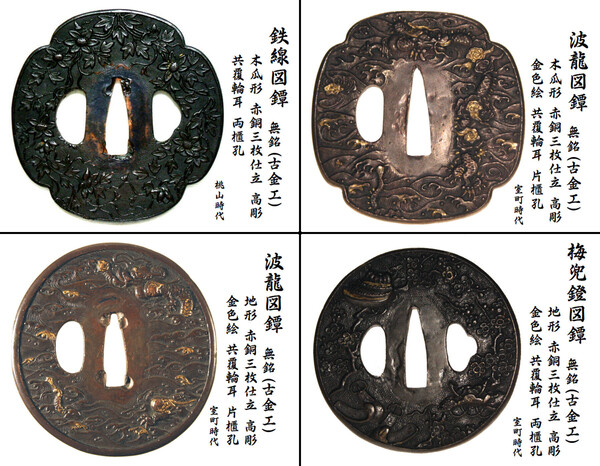
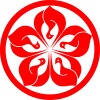
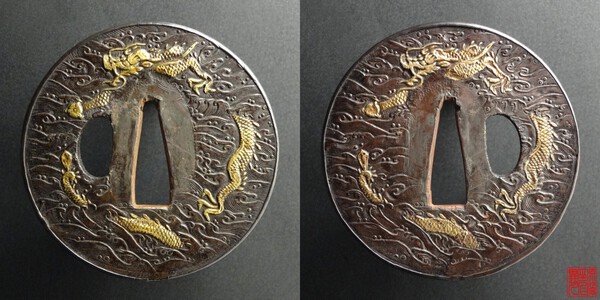
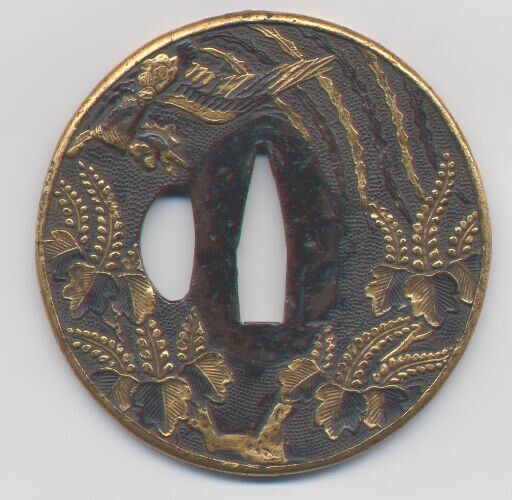
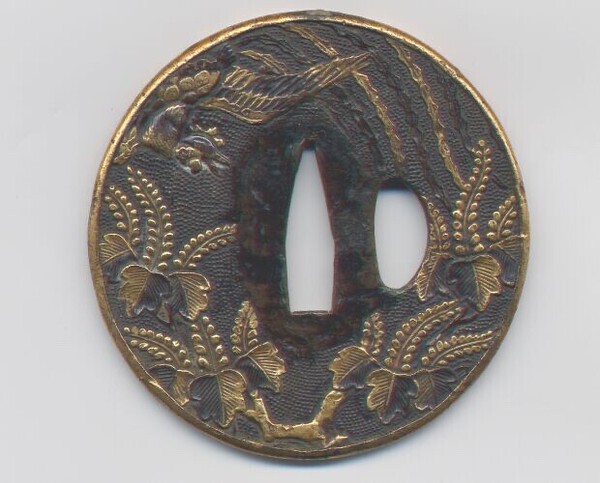

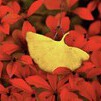

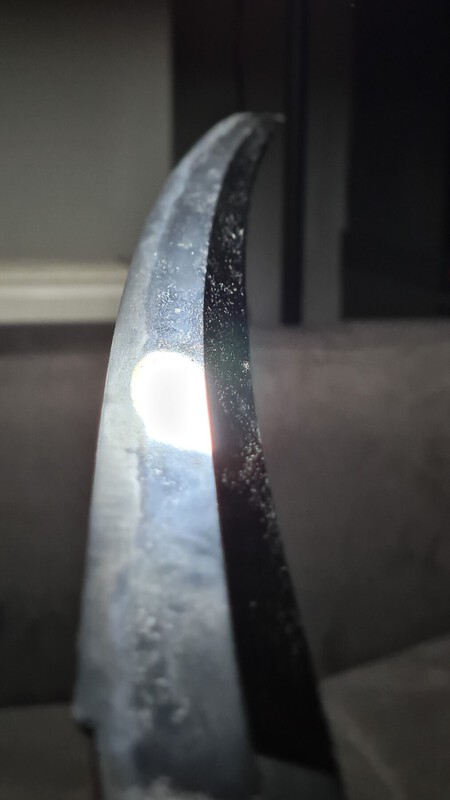
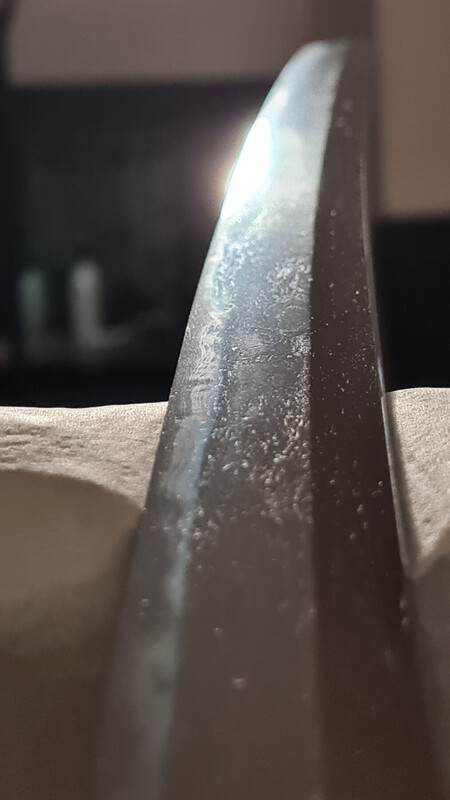



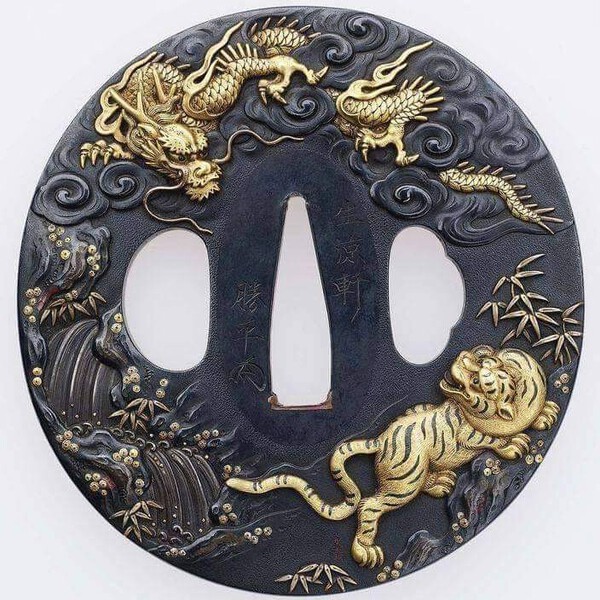
.thumb.jpeg.7d14b9c085750c84dad83ce957d1bfeb.jpeg)
.thumb.jpeg.170270c8a48c77f354eac82a6aacdd86.jpeg)
.thumb.jpeg.c5a880362fc22db7839b1069f1fddfd3.jpeg)
.thumb.jpeg.bc5fa7b8cf891d949eb2e9001d12e4bb.jpeg)


.thumb.jpeg.c142da35027c7eafdee8b75daef02ed2.jpeg)
(1).thumb.jpeg.62ec91ef1ac01cb5b03c242a97234eb3.jpeg)






